Sunlight & Vitamin D
Sunlight is essential for optimal human health and wellbeing.
It’s a source of all-important nutrients, like Vitamin D.
And it triggers a cascade of other favourable changes in our physiology.
Read on to learn more about sunlight, or go here for a visual guide.
About sunlight
Sunlight is composed of multiple wavelengths of light.
We call this the spectrum of solar radiation. (ultraviolet on the left, infrared on the right).
Only some of these wavelengths are visible to human eyes.
For example;
Ultra-violet
Blue (visible)
Green (visible)
Red (visible)
Infrared
Each of these wavelengths has unique effects on our physiology.
Physiological responses to sunlight
Humans react in many interesting ways to sunlight.
The benefits go far beyond that of Vitamin D.
UV-A triggers melanin production (an increase in skin pigmentation) and thickening of the stratum corneum (outermost layer of our skin). Increased skin thickness and melanin provides built-in sun protection. This response protects the skin from burning and our deeper tissues from DNA damage.
UV-B exposure triggers Vitamin D synthesis. Synthesis of Vitamin D (a steroid-hormone that most of us are deficient in) has system-wide implications; gut health, immune function, brain health, musculoskeletal (especially bone) health, reproductive health…
UV-B exposure also triggers the release of beta-endorphin (an opioid peptide) that promotes relaxation and feelings of wellbeing.
Blue light regulates melatonin production. Melatonin plays a key role in our circadian rhythms (biological clocks), which has implications for sleep quality, recovery, and hormone balance.
Red / infrared wavelengths relieve pain, reduce inflammation, and promote wound healing
Deep red and near infrared wavelengths enhance energy production (ATP synthesis)
…
There are many more examples we could look at.
And I bet there are further benefits that we don’t even understand yet.
But at this point, what else do we really need to know?
Sunlight is clearly essential for humans in many ways.
That’s why it feels so good.
Our job now, is simply to get the right amount of it.
A word of caution
There are many known benefits to sun exposure, and probably more that we will discover in the future.
But, like with our food, we must be careful not to over-indulge.
Excess sun exposure can cause severe burns, lead to skin damage and potentially, skin cancer.
So, we need to be mindful of our individual tolerance, and practice safe / non-burning sun exposure.
Who’d have thought; a bit of balance!
How to optimise sun exposure
If you are someone who typically spends a lot of time indoors, and/or you have a lighter complexion, then you should ease your way into sun exposure.
Too much too soon is a recipe for a sunburn.
But, over time, with intentional, strategic sun exposure, your body will adapt (like by increasing melanin) and you will be able to tolerate more.
Early morning and late evening sunlight is less intense than during the middle of the day.
But the best time to get Vitamin D (from UVB) is during the middle of the day / around solar noon.
So, we should probably get a little of both.
Apps like D-minder can help us track and learn about healthy sun exposure.
Recap
Sunlight is critical for optimal gut, reproductive, metabolic, musculoskeletal, and neurological health, and immune function.
Non-burning sun exposure should be sought, rather than avoided.
Balance is key — if we get too much sunlight, it causes damage to our tissues.
Interestingly, we can gradually build up our tolerance to sunlight over time.
Use an app like D-minder to track / learn more about safe sun exposure.
Go here for a visual guide to the benefits of sun exposure.
Want to go deeper?
See how we can work together, or subscribe for regular insights.
References
Baggerly, CA, Cuomo, RE, French, CB, Garland, CF, Gorham, ED, Grant, WB, … Wunsch, A 2015, ‘Sunlight and Vitamin D: Necessary for Public Health’, Journal of the American College of Nutrition, vol. 34, no. 4, pp. 359–365.
Bosman, ES, Albert, AY, Lui, H, Dutz, JP & Vallance, BA 2019, ‘Skin Exposure to Narrow Band Ultraviolet (UVB) Light Modulates the Human Intestinal Microbiome’, Frontiers in Microbiology, vol. 10, p. 2410.
Hamblin, M, 2017, ‘Mechanisms and applications of the anti-inflammatory effects of photobiomodulation’, AIMS Biophysics, vol. 4, no. 3, pp. 337–361.
Hoel, DG, Berwick, M, de Gruijl, FR & Holick, MF 2016, ‘The risks and benefits of sun exposure 2016’, Dermato-Endocrinology, vol. 8, no. 1, p. e1248325.
Parikh, R, Sorek, E, Parikh, S, Michael, K, Bikovski, L, Tshori, S, … Levy, C 2021, ‘Skin exposure to UVB light induces a skin-brain-gonad axis and sexual behavior’, Cell Reports, vol. 36, no. 8, p. 109579.

